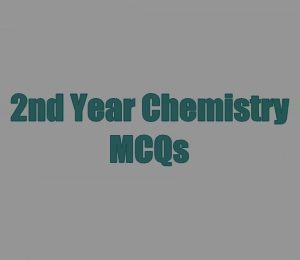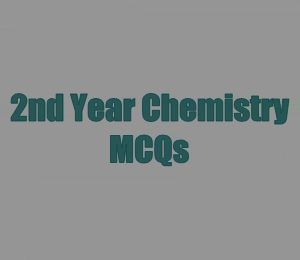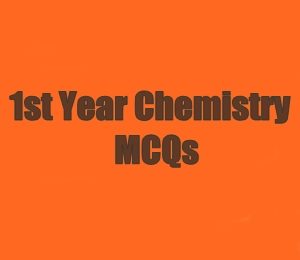You will get 2nd Year Chemistry Chapter 11 MCQs Alcohols, Phenols and Ethers here. Alcohols have an industrial preparation method and preparation from starch. They have some important physical properties and can react in two different ways i.e. in which the C-O bond breaks, and reactions in which the O-H bond breaks. Primary, Secondary, and Tertiary Alcohols can be distinguished through different tests. Then there are preparation methods for Phenol and they have different physical properties. They show two types of reactions i.e. reactions in which –OH group is involved, and reactions of phenol due to the benzene ring. The last one is Ethers. They are prepared in two ways and have some physical properties. They also show chemical reactivity. So, let’s check the important MCQs for this chapter below. Solve the quiz that is given below and check the results.
2nd Year Chemistry Chapter 11 MCQs
808



